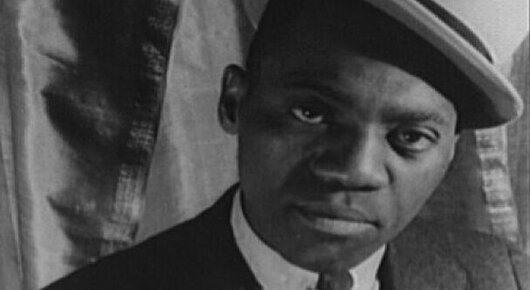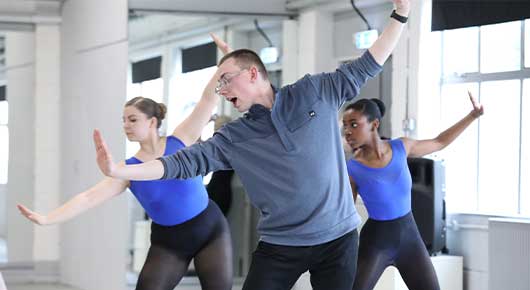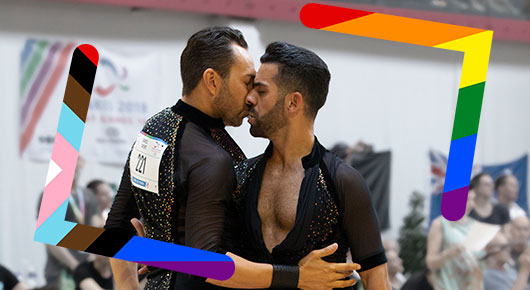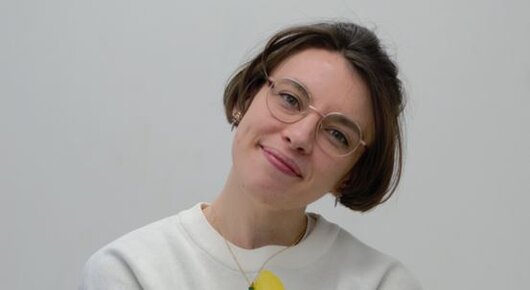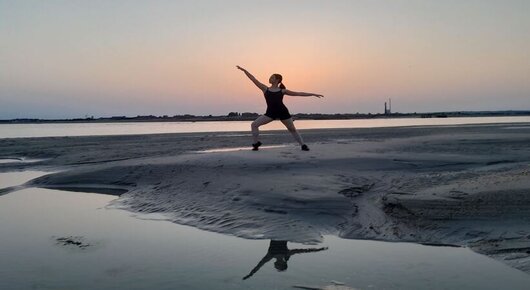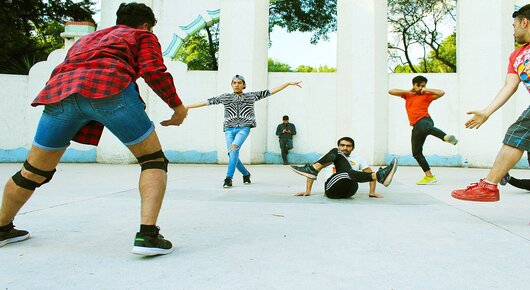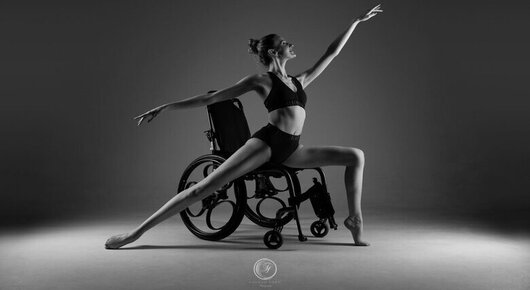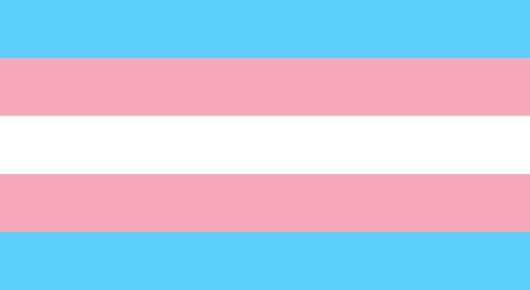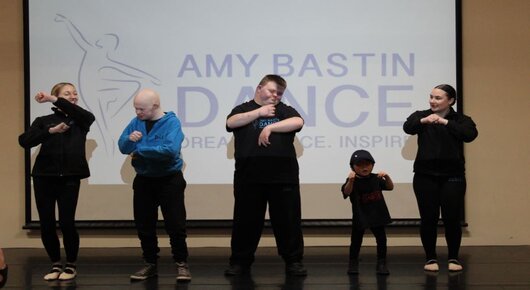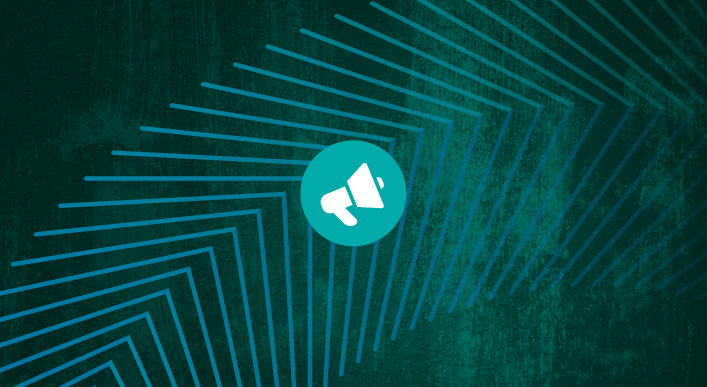15 June 2021
For Pride Month, we thought we would introduce a number of our LGBTQIA+ Think Tank Members by asking them for their thoughts on LGBTQIA+ inclusion in dance.
"The Society’s charitable mission is to ‘educate the public in the art of dancing’. The ‘public’ means anyone that wants to learn dance, so it is essential that we understand where barriers to learning dance exist and how these might be addressed, in order to become a genuinely inclusive and welcoming organisation. Our Think Tanks are an important part of this process as they bring together people from across and beyond the Society who have lived experience, or empathy for, under-represented groups.
I am grateful for the LGBTQIA+ Think Tank for generously sharing their experiences and supporting the Society to develop a more inclusive approach. I believe this is not only morally the right thing to do, but also essential for the Society’s future relevance. We are getting involved in Pride month so that the broader community is aware of our commitment and so we can celebrate the brilliant work of the LGBTQIA+ dance community."

Ginny Brown, Chief Executive
Malcolm Hill, Head of Faculty Development: Ballroom, Latin & Sequence, Examiner and Teacher
Why did you join the LGBTQIA+ Think Tank and why do you think the Think Tank is important for the Society?
Equality within dance is something I am very passionate about and combining that with my passion for the Society seemed a natural and easy decision. I have been involved with same-sex dancing for a number of years and this is a great opportunity to feed in my knowledge and experience to the organisation.
What sort of change would you like to see in the world of dance?
Freedom. Dance is a passion that should be enjoyed. Everyone should therefore have a choice to dance their chosen genre in the way that best represents them as an individual.
What drew you to the world of LGBTQIA+ activism?
Passion for equality for those within our community. From a dance point of view, I should be able to choose to dance as a leader or a follower as well as who I dance with. Ultimately, good quality dancing is good quality dancing, regardless of the performer.
Why do you think LGBTQIA+ inclusion is important for the dance industry in particular?
For many years Dancesport has allowed this within examinations and I feel this is something which should be made available for everyone in all forms of dance, from examinations to competitions and performances.
Do you think the dance industry has adequate structures in place to uplift and encourage LGBTQIA+ dancers?
The industry is slowly changing, I am part of the ballroom world and that is mostly accepting now and some same gender partnerships are now competing in Open Competitions as well as the Equality competitions which is great to see, although, this has been the case for a number of years now a few more are starting to express an interest.
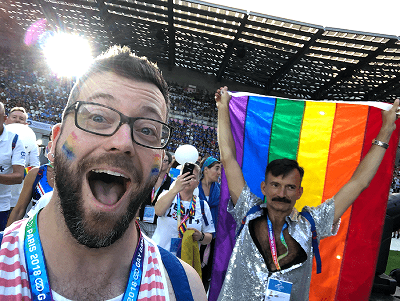
Jessica Allen, She/Her, 29, Transgender Diversity and Inclusion Consultant
Why did you join the LGBTQIA+ Think Tank and why do you think the Think Tank is important for the Society?
I joined the LGBTQIA+ Think Tank because I was frustrated by there not being a voice, and more importantly a voice that’s actually taken seriously, for transgender artists within the theatre industry. It’s incredibly important that the Imperial Society of Teachers of Dancing recognised this need for a diverse panel of experts to consult with because now, as a prominent performing arts entity, it can be held to their mission statement by the very people the performing arts is built to exclude. Directly and indirectly.
What sort of change would you like to see in the world of dance?
I’d really like to see choice become the first priority we accommodate when we make art. I’d consider my job done when we let people express themselves freely on stage and in the studio and not restrict our story telling by shackling dance-dynamics to gender.
Why do you think LGBTQIA+ inclusion is important for the dance industry in particular?
We, as a species, often default to learning through story telling. We disseminate information through stories. LGBTQIA+ individuals make up a huge number of the most marginalised, demonised and persecuted peoples on the planet. In every single nation. The reason for this is misinformation and manipulation of information by those with hate in their hearts. As live theatre is the purest form of story telling we see in our daily lives today, it is very influential. It is our duty as practitioners of this craft to tell authentic stories and help people learn. That’s just one big reason why it’s so important.
Do you think the dance industry has adequate structures in place to uplift and encourage LGBTQIA+ dancers?
Speaking for transgender dancers everywhere: Absolutely not. Currently many vocational dance schools and high profile dance companies still regard the idea of someone transitioning as something that brings a company/school into disrepute. The systems reflect society, and society, especially in the UK, is firmly against LGBTQIA+ people. Especially Trans people. Especially trans women of colour. Training is locked to gendered-tracks. No trans stories are being told by major companies. No trans people are in the room when the big decisions are being made, even when the subject matter is us. Even when experts reach out to them with an offer of free help. In short, people lack the infrastructure and the most basic of vocabulary to even empathise with us currently, let alone to create new infrastructures within what are very safe and tradition-driven sectors.
(If any) Who are some of the LGBTQIA+ dancers or organisations you admire?
Again, speaking for trans artists and creators, Sean Dorsey and the Sean Dorsey Dance Company are probably the most prominent, trans-forward dance company around. Sean Dorsey is a pioneer and he absolutely created that company at great risk of ridicule and elitist sneering to make beautiful, beautiful, trans inclusive performance art.
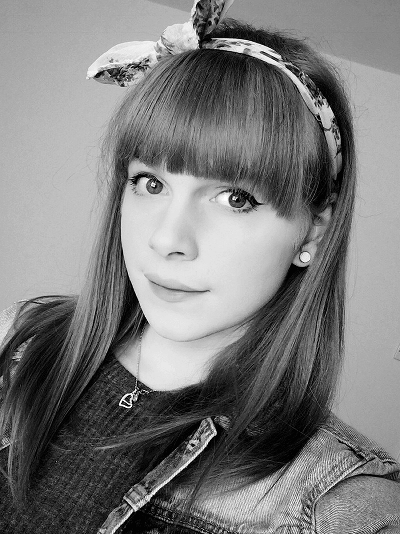
Peter Meager, Dance Teacher at Equality Dance, Founder of Out4Dance and Board member of the European Same Sex Dance Association
Why did you join the LGBTQIA+ Think Tank and why do you think the Think Tank is important for the Society?
I believe it’s really important for everyone to feel welcome on the dancefloor. As a professional member of the Imperial Society of Teachers of Dancing I am proud to be an ambassador representing the LGBTQ+ community. It’s important that the Society keeps abreast of the needs of the entire dance community; I hope my voice helps to bring the organisation closer to our community.
What sort of change would you like to see in the world of dance?
I would love for gender to be removed from all types of teaching and competing, for dancers to simply be accepted for all their skills and abilities irrelevant of their gender.
What drew you to the world of LGBTQ+ activism?
This is very simple - we are not all equal, so we need to work hard to bring focus to those who need us.
Why do you think LGBTQ+ inclusion is important for the dance industry in particular?
Our industry represents a huge number of the LGBTQ+ community but there is a difference between supporting and actually championing change. We need to do more, to listen to the wider dance community and take progressive action. Dance is of course expressive and allows us all to be who we feel comfortable being, our organisation needs to ensure we do the same and that we make everyone feel comfortable dancing.
Do you think the dance industry has adequate structures in place to uplift and encourage LGBTQ+ dancers?
There are a number of organisations that support LGBTQ+ dancers but it would be much better for more of these organisations to work more closely together to achieve a common goal with one stronger voice.
Who are some of the LGBTQIA+ dancers or organisations you admire?
I believe it’s really important that we look not just to the LGBTQIA+ dancers, but to our allies as well. I’d be hard-pressed to choose just a few. We have so many people both in community settings and in the media that proudly stand up and champion equality dancing - I am truly grateful to every single one of them and the impact they are all having on dancers, young and old, to be able to share the love of dance without boundaries. We need to change mindset, to create an accepting culture and this will require everyone to play their part.
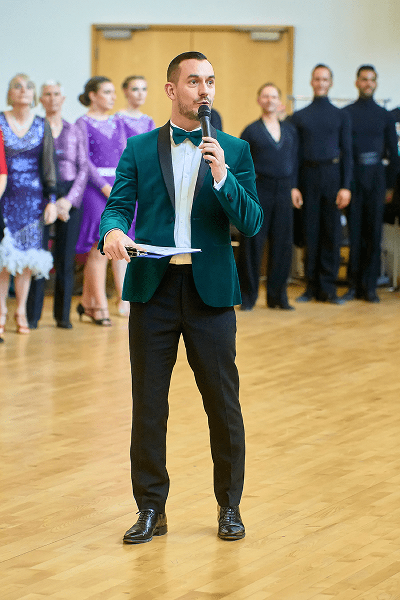
Vivienne Saxon, Ballet teacher and Examiner
Why did you join the LGBTQIA+ Think Tank and why do you think the Think Tank is important for the Society?
I was Chair of the Imperial Classical Ballet Faculty and always in favour of the male and female syllabi allowing gender choices depending on what a candidate felt comfortable with. It is vital that we, as a Society, discuss how best we can move forwards to allow inclusion with the work that we offer.
What sort of change would you like to see in the world of dance?
Choices and inclusion. This will affect roles in dance pieces, dance wear/costumes. Whatever gender choices are made by individuals, they should be able to find a route within the dance world without discrimination or bias.
What drew you to the world of LGBTQIA+ activism?
Above all, tolerance; that no one should be singled out or victimised for their sexuality or gender choices.
Why do you think LGBTQ+ inclusion is important for the dance industry in particular?
I believe that no one should be excluded from anything, so this question particularly has made me think. As a performance art, it is vital that everyone can be included in dance to allow freedom of expression. Dance is an outlet and those who feel marginalised should never feel they can’t be part of something so important to the development of the human soul and spirit. Often the most creative are those who have been through emotional experiences and questioned what is right and wrong, and so those in the LGBTQ+ community, who may have experienced extreme exclusion, have so much to offer.
Do you think the dance industry has adequate structures in place to uplift and encourage LGBTQIA+ dancers?
I think it is moving in the right direction, but we need to work on how we break down historical barriers regarding what the male and female are able to achieve in the different genres, particularly in classical ballet.
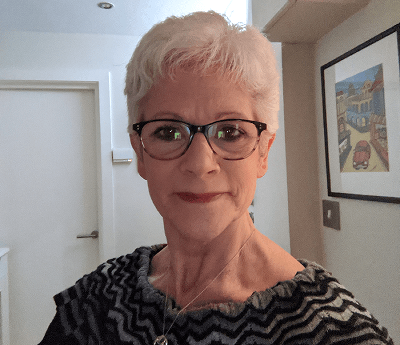
Thank you to all of our contributors.
